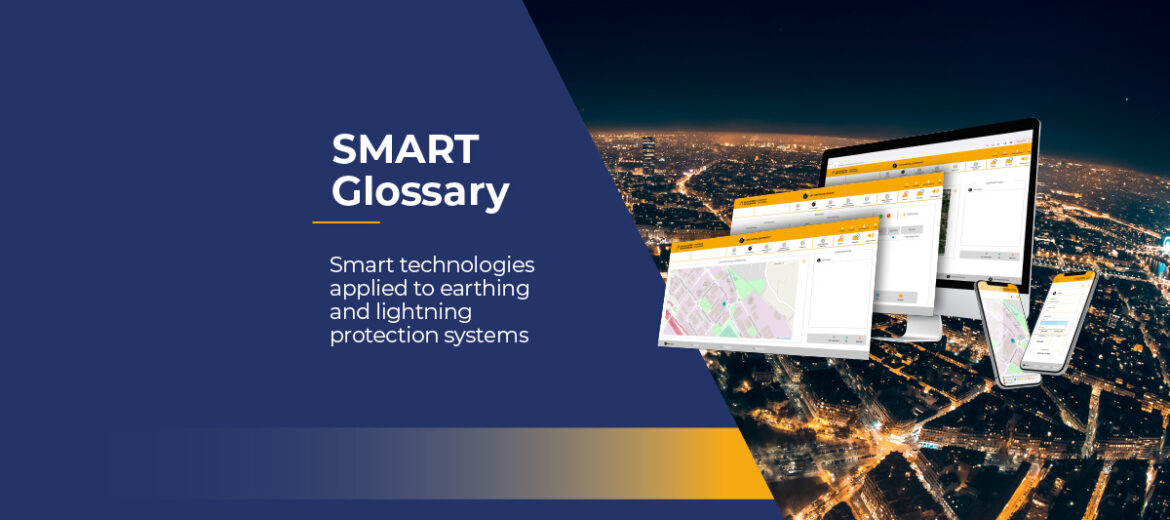SMART EARTHING MONITORING SYSTEM: the importance of monitoring earthing systems in the industrial sector
SMART EARTHING MONITORING SYSTEM´s main feature is to monitor earth connections, providing valuable information not only on the status of the facility but also on the equipment connected to it. In the industrial sector, this facilitates operational and financial efficiency through preventive and corrective maintenance.



